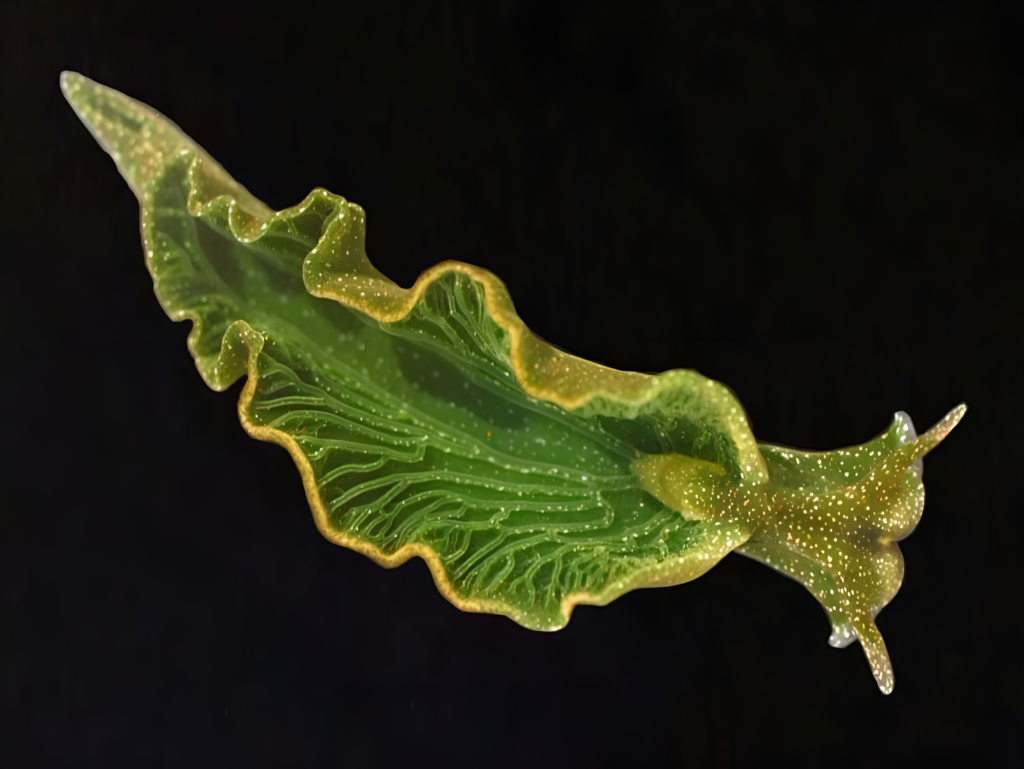
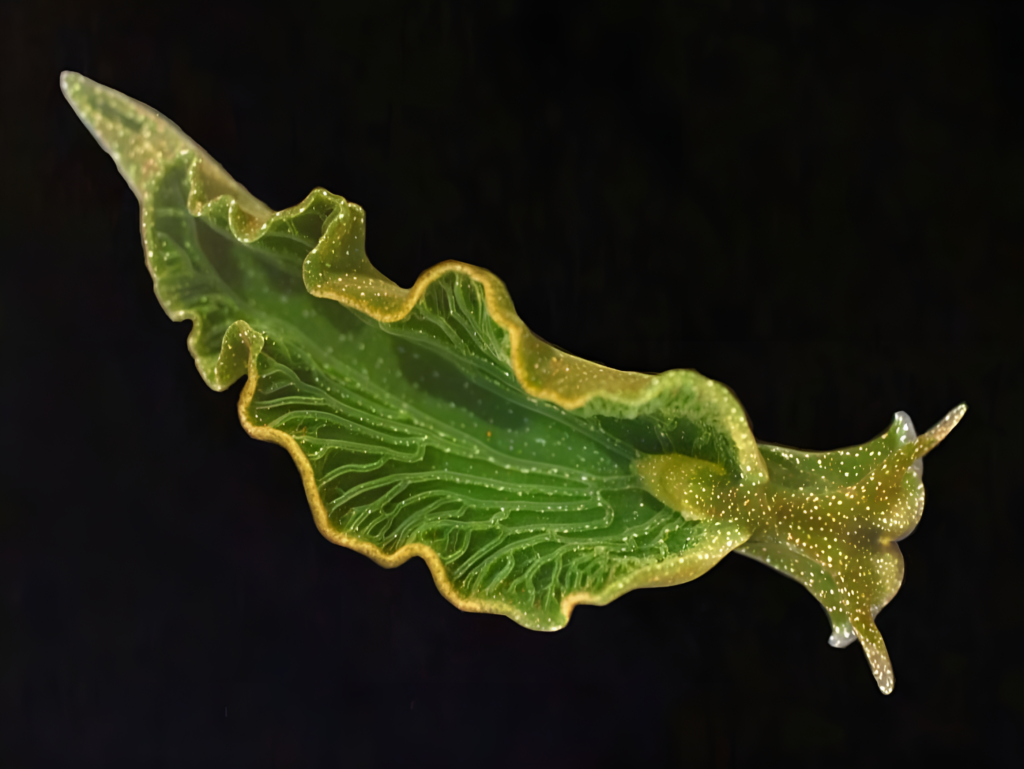
Image: A solar-powered sea slug Elysia chlorotica, which steals chloroplasts from algae. (source: labroots.com)
In the diverse world of marine biology, certain organisms challenge our traditional understanding of life’s capabilities. One such marvel is the sacoglossan sea slug, Elysia chlorotica, which has captivated scientists with its unique ability to harness solar energy through photosynthesis—a process typically associated with plants. This remarkable feat involves intricate evolutionary adaptations, specialized mechanisms, and offers profound insights into symbiotic relationships in nature.
Introduction to Elysia chlorotica
Elysia chlorotica is a sacoglossan mollusk found along the eastern coast of North America, from Nova Scotia to Florida. Measuring up to two inches in length, this sea slug exhibits a vibrant green hue, attributed to the chloroplasts it sequesters from its algal prey, Vaucheria litorea. Unlike typical heterotrophic animals that rely solely on consuming organic matter for energy, E. chlorotica can perform photosynthesis, effectively functioning as a “solar-powered” animal.
Evolutionary Adaptations and Kleptoplasty
The phenomenon enabling E. chlorotica to photosynthesize is known as kleptoplasty—the acquisition and retention of functional chloroplasts from algal cells. During feeding, the sea slug punctures the algal cell walls and siphons the internal contents, including chloroplasts. Remarkably, instead of digesting these chloroplasts, E. chlorotica incorporates them into specialized cells lining its digestive diverticula, where they remain functional for extended periods.
This adaptation raises intriguing evolutionary questions. Research indicates that the long-term functionality of these sequestered chloroplasts may involve horizontal gene transfer. Studies have identified algal nuclear genes present in the sea slug’s DNA, suggesting that gene transfer events might have equipped E. chlorotica with the necessary tools to maintain and control the stolen chloroplasts. However, subsequent research has challenged this notion, providing no evidence for horizontal gene transfer into the germ line of E. chlorotica, thereby prompting further investigation into the mechanisms underlying this symbiotic relationship.
Mechanisms of Photosynthesis in E. chlorotica
Once integrated into the sea slug’s cells, the chloroplasts continue to perform photosynthesis, converting light energy into chemical energy. This process provides the slug with essential nutrients, allowing it to survive for months without additional food intake, relying solely on sunlight.
The maintenance of these chloroplasts without the support of algal nuclei is a subject of ongoing research. Typically, chloroplasts depend on numerous proteins encoded by the algal nuclear genome. The persistence of photosynthetic activity in E. chlorotica suggests that the sea slug’s cells may produce some of these critical proteins, possibly due to the expression of horizontally transferred algal genes. This unique genetic integration exemplifies a complex symbiotic relationship, blurring the lines between plant and animal kingdoms.
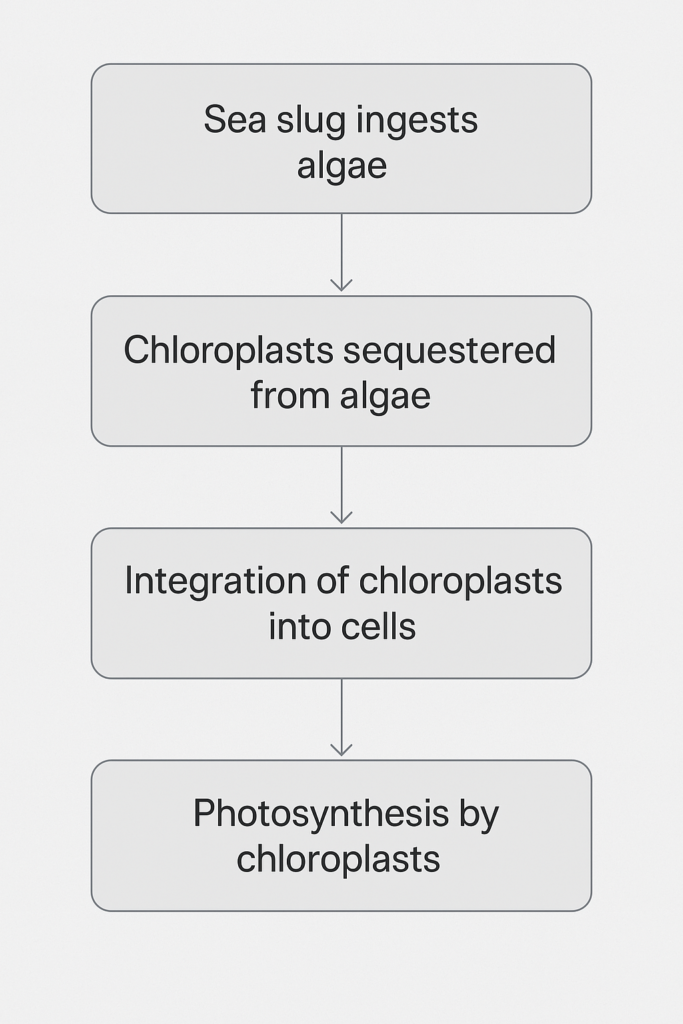
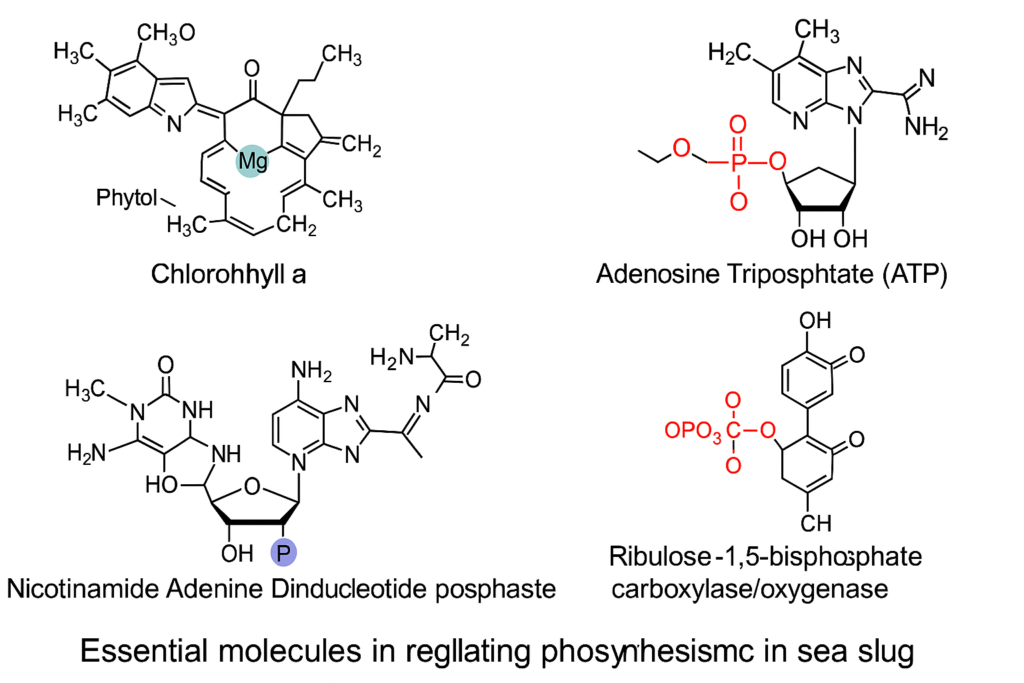
Ecological Implications and Survival Strategies
The ability to photosynthesize offers E. chlorotica several ecological advantages. By supplementing its energy needs through solar power, the sea slug can endure periods of food scarcity, maintaining metabolic functions and reproductive activities. This dual nutritional strategy enhances its survival in fluctuating environmental conditions.
However, the sustainability of this symbiotic relationship faces challenges in the context of climate change. Studies have shown that increased ocean temperatures and acidification can adversely affect the development and survival of E. chlorotica larvae. Exposure to such stressors has resulted in thinner egg casings, smaller larvae, and higher mortality rates. These findings underscore the delicate balance required to maintain this unique photosynthetic capability and raise concerns about the future resilience of these organisms in changing marine ecosystems.
Broader Significance and Future Research
The study of Elysia chlorotica extends beyond understanding a single species; it offers valuable insights into the potential applications of natural photosynthetic systems. By unraveling the mechanisms that allow this sea slug to sustain functional chloroplasts, scientists hope to inform the development of artificial photosynthesis technologies. Such innovations could lead to sustainable energy solutions, mimicking the efficiency of natural systems.
Moreover, E. chlorotica serves as a model for studying horizontal gene transfer and symbiotic relationships, shedding light on evolutionary processes that enable distinct organisms to share and integrate genetic material. Continued research in this area may reveal new aspects of genetic plasticity and adaptation, contributing to our broader understanding of evolutionary biology.
Conclusion
Elysia chlorotica exemplifies the extraordinary potential of symbiotic relationships and evolutionary innovation. Its unique ability to harness solar energy through acquired chloroplasts challenges conventional distinctions between plant and animal life. As we deepen our understanding of this remarkable sea slug, we not only gain insights into the complexities of natural symbiosis but also open avenues for technological advancements inspired by nature’s ingenuity.
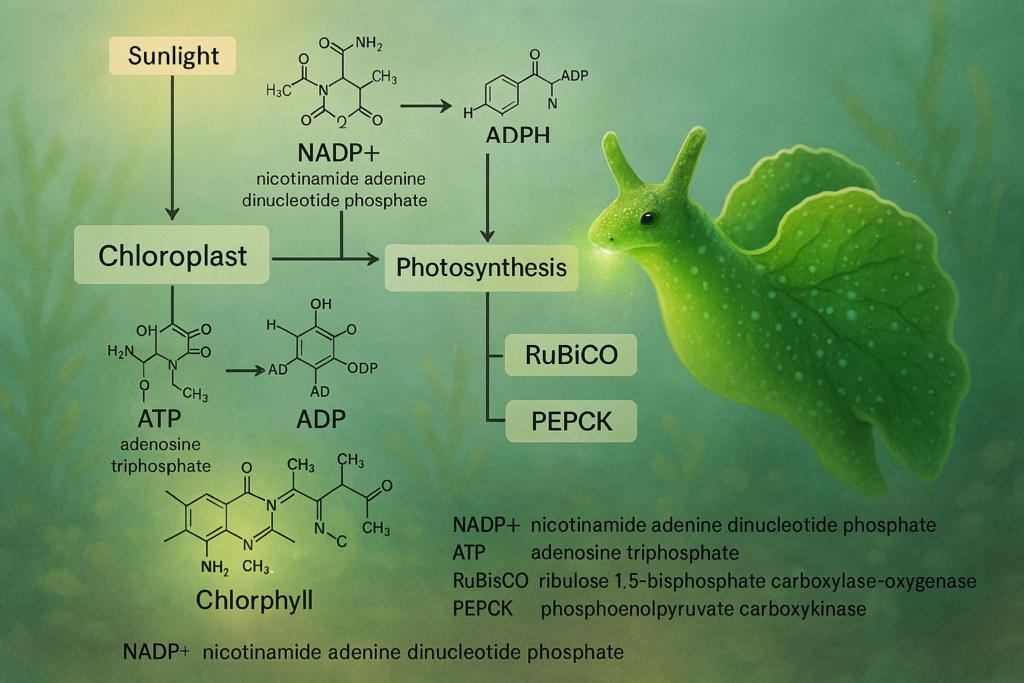
References:
Rumpho, M. E., Worful, J. M., Lee, J., Kannan, K., Tyler, M. S., Bhattacharya, D., Moustafa, A., & Manhart, J. R. (2011). The making of a photosynthetic animal. Journal of Experimental Biology, 214(2), 303–311. https://doi.org/10.1242/jeb.047233
Schwartz, J.A., Curtis, N.E., & Pierce, S.K. (2010). Using Algal Transcriptome Sequences to Identify Transferred Genes in the Sea Slug, Elysia chlorotica. Evolutionary Biology, 37, 29–37. https://doi.org/10.1007/s11692-010-9079-2



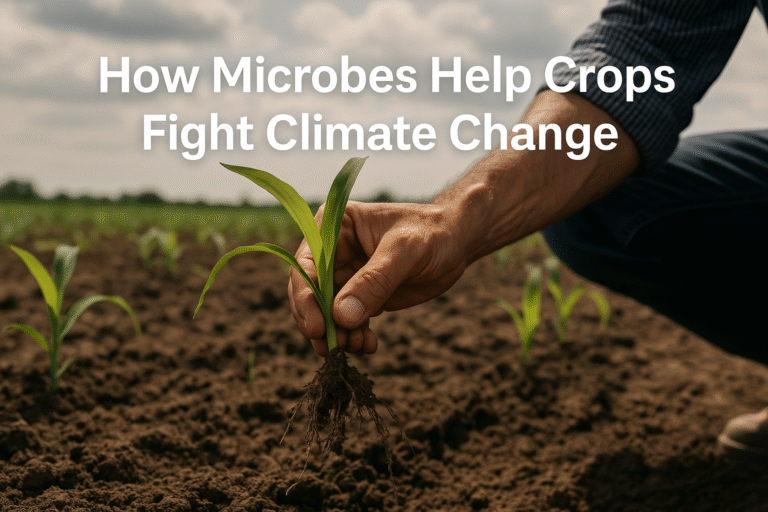
This article is very good it helps me a lot to know about this slug I really like it. Honestly it will help me a lot as a student to increase my knowledge base
Nice one …Got to know something amazing about nature😮😃